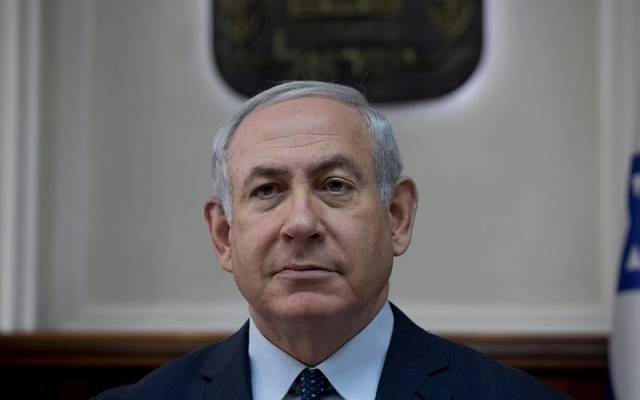A Jerusalem exhibit sees the state’s first 12 heads of government through the prism of pointillism.
By Judy Lash Balint, JNS
The celebration of Israel Independence Day is not generally associated with art appreciation. Most Israelis mark the day with barbecues, watching fireworks and the traditional air force flyby, and enjoying concerts in the park.
On this 75th anniversary of Israel’s independence, however, an idealistic new immigrant from South Africa is presenting Israelis with a new way of celebrating, viewing the global premiere of an exhibit of his private collection of pointillism art that portrays Israel’s first 12 prime ministers in a unique and thought-provoking way.
The collection, titled “Prime Ministers in Perspective,” is an international collaboration by Myron Zaidel, a businessman and art collector from Johannesburg now living in Netanya; South African Gavin Rain, one of the world’s leading pointillism artists; and Ram Ozeri, founder of the Jerusalem Biennale contemporary art event.
The portraits of the prime ministers are composed of multi-layered and multi-colored concentric circles on white canvas, so they can only be appreciated when the viewer steps back. “Art is about creating a visual narrative,” notes Rain. “It is a metaphor for life—we should all step back to see the bigger picture…”
Zaidel says he got the idea to commission Rain to produce the portraits while he was still living in Johannesburg. He asked himself what he could do for the Jewish state. “I was always on the creative side of business. I designed furniture and jeans and I’m an adventurer,” Zaidel told JNS.
Zaidel came across Rain’s work when his stepdaughter who worked for a Johannesburg art dealer took him to see his portrait of the Lubavitcher rebbe commissioned by Chabad of Johannesburg.

The full picture
“My objective was to create something of value that was unique and transportable, in the international language of art,” explains Zaidel. “As a Zionist, I wanted to take a period of Israel’s history, to focus on Israel’s first 12 prime ministers up to the end of 2020. The art form itself was appealing to me—you can look at the picture many ways and if you look at it the right way, you see the full picture.”
“For me this collection represents the past, present and future of this great nation,” Zaidel says. He hopes to take the exhibit to other countries and eventually donate it to one of Israel’s national arts institutions.
The project took a year to complete, as Rain and Zaidel worked together to research the 12 prime ministers. In addition to the art on the walls, they produced a 50-page coffee-table book, with text in English, Hebrew and French, to accompany the exhibition and make the collection more accessible.
Pointillism art was invented by post-impressionist French artists Georges Seurat and Paul Signac in the late 1880s. They reinvented the use of painting with small dabs of paint to the point where they produced an entire painting out of tiny dots of pure color. It required a much more scientific approach that’s clear in Rain’s portraits of the prime ministers.
“Most of my art is in the preparation. The decisions I make before I even go near a paintbrush,” Rain notes.
Zaidel emphasizes that the exhibit is non-political: “I chose all 12 of the prime ministers, not just three or four.”

Facebook took a different view, notes Ozeri. “They blocked our sponsored post for the exhibit on the grounds that it’s political!”
In the current contentious climate, Ozeri says we need to “see leaders with different identities today more than ever.”
He tells visitors that his favorite part of the exhibit is that each of the prime ministers has a “sneaky smile” on his or her face. “It’s as if they’re hinting something to each other,” he says. “My take is that, bottom line, no matter the tension, in the end it’s going to be fine.”
The exhibit is on view at the Biennale Gallery in Jerusalem, located in the old Shaare Zedek Hospital building at 161 Jaffa Road, Sun.-Thurs. through May 7, from 10 a.m.-4 p.m. Entrance is free.
